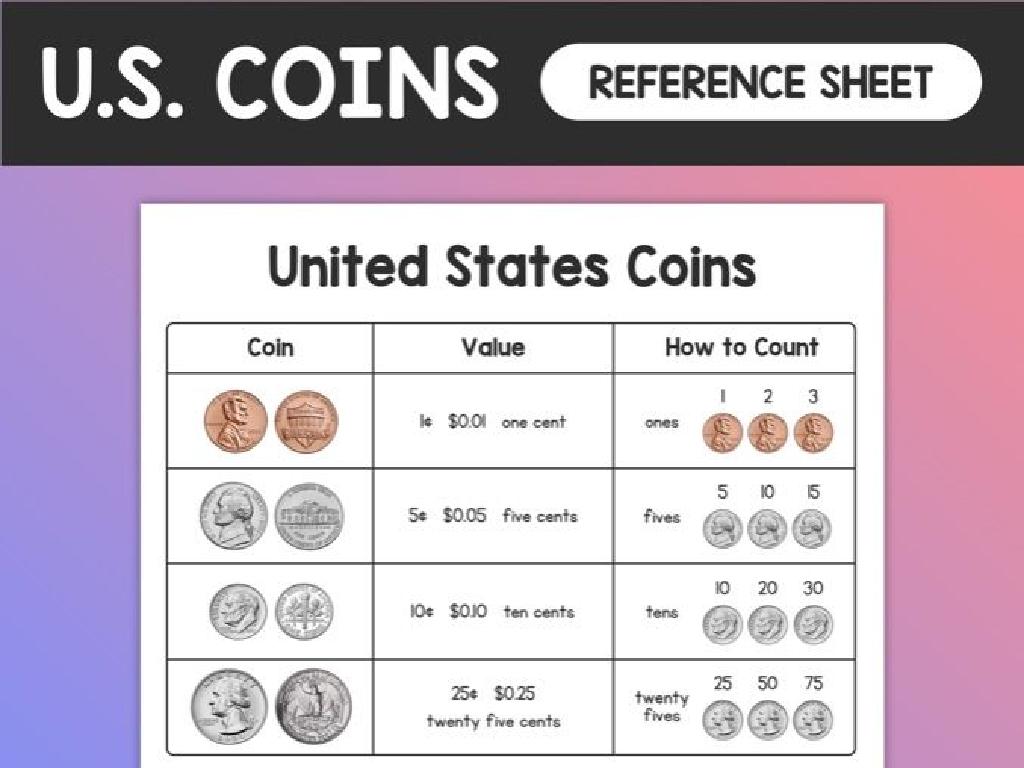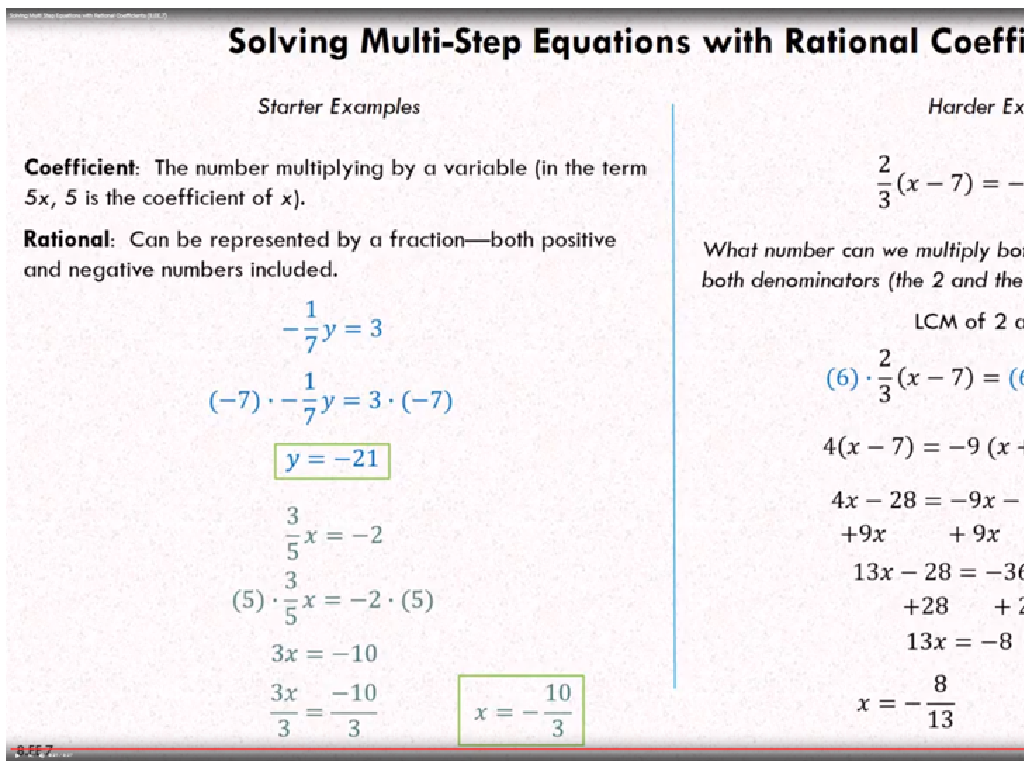World War I: The War Begins
Subject: Social studies
Grade: Fifth grade
Topic: 20Th Century American History
Please LOG IN to download the presentation. Access is available to registered users only.
View More Content
World War I: The War Begins
– Global impact of WWI
– WWI affected many countries worldwide, not just in Europe.
– Significance of learning WWI
– Learning about WWI helps us understand how it shaped today’s world.
– Major causes of WWI
– Conflicts like alliances and militarism led to the war’s outbreak.
– America’s role in WWI
– The U.S. initially remained neutral but later joined the Allies.
|
This slide introduces students to the beginning of World War I and its worldwide significance. Emphasize the global impact of the war, affecting politics, economies, and societies around the world. Discuss why it’s important for students to learn about WWI, including its role in shaping modern history and its lessons on conflict resolution. Highlight the major causes of the war, such as complex alliances, militarism, imperialism, and nationalism, to give students a foundation for understanding why the war started. Lastly, touch on America’s initial neutrality and subsequent entry into the war, setting the stage for America’s growing involvement in global affairs. Use maps and timelines to help visualize the information.
Introduction to World War I
– What was World War I?
– A global conflict that lasted from 1914 to 1918, also known as the Great War.
– The Great War: 1914-1918
– It involved many countries across the world, fighting in different regions.
– Allies vs. Central Powers
– The main sides were the Allies, including France and the UK, and the Central Powers, including Germany and Austria-Hungary.
– Impact on the world
|
This slide introduces students to World War I, setting the stage for understanding its significance in 20th century history. Begin by explaining that World War I was a massive global conflict that is often called the Great War. It lasted for four years and involved countries from around the world. Highlight the two main sides the Allies and the Central Powers and mention some of the major countries involved without going into too much detail, as this will be covered in later lessons. Emphasize the war’s impact on the world, which includes changes in political boundaries, the role of warfare, and the lead-up to later historical events like World War II. This will help students grasp the magnitude of the event and its lasting effects on global history.
Causes of World War I: The M.A.I.N. Factors
– Understanding M.A.I.N. causes
– Militarism, Alliances, Imperialism, Nationalism are key causes.
– The spark: A tragic assassination
– Archduke Franz Ferdinand’s death started the war.
– Complex alliances explained
– Countries had agreements to defend each other.
– The start of a global conflict
– These alliances turned a small conflict into a world war.
|
This slide introduces students to the complex causes of World War I, using the acronym M.A.I.N. to simplify the concepts of Militarism, Alliances, Imperialism, and Nationalism. Explain each term in a way that’s relatable to fifth graders, such as comparing alliances to friendships on the playground. Highlight the assassination of Archduke Franz Ferdinand as the immediate cause that triggered the war, and discuss how the interlocking system of alliances pulled many countries into the conflict, leading to a global war. Use maps and historical photos to help visualize the alliances and the scale of the war. Encourage students to ask questions and think about how these factors could lead to such a large conflict.
America’s Role in the Beginning of WWI
– U.S. initially neutral
– America chose not to take sides at first.
– Public debates over war
– People in the U.S. argued about joining the fight.
– Economic influences
– Trade and money affected America’s decision.
– Political factors at play
– Leaders’ decisions were swayed by various pressures.
|
This slide introduces students to the complex situation the United States faced at the start of World War I. Initially, the U.S. adopted a stance of neutrality, aiming to stay out of the conflict. However, public opinion was divided, with some Americans supporting the war and others opposing it. Economic factors, such as trade relationships and financial interests, also played a significant role in shaping America’s position. Additionally, political considerations, including relationships with other countries and the desire to maintain peace, influenced the decision-making process. Teachers should explain these factors in a way that’s understandable for fifth graders, using simple language and relatable examples, such as how a neutral friend might feel when two other friends are arguing.
Life During World War I
– Global impact of the war
– People worldwide faced shortages and changes.
– Soldiers’ life in trenches
– Harsh conditions, little sleep, and lots of waiting.
– Families and the home front
– Families grew gardens and saved resources.
– Supporting the war effort
– Communities held drives to collect supplies.
|
This slide aims to give students a glimpse into how World War I affected lives globally, not just on the battlefield. Emphasize the widespread impact of the war, including rationing of food and supplies. Discuss the daily routines and challenges soldiers faced in the trenches, such as mud, pests, and the dangers of no man’s land. Highlight how families back home contributed to the war effort by rationing, growing ‘victory gardens,’ and participating in war bond drives. Encourage students to think about how everyone, not just soldiers, had a role in supporting the war. This will help students understand the collective effort of a nation at war and the sacrifices made by ordinary people.
World War I: The War Begins
– Key events before the war
– Assassination of Archduke Franz Ferdinand sparked the conflict.
– Major battles in the first year
– Battles like the Marne and Tannenberg were significant.
– Turning points of the early war
– Events like the Christmas Truce showed the war’s human side.
– Impact on the war’s direction
|
This slide aims to give students a foundational understanding of how World War I began and the early events that shaped its course. Start with the assassination of Archduke Franz Ferdinand in 1914, which led to a chain reaction of alliances being activated. Discuss the first major battles, such as the Battle of the Marne, which prevented Germany from quickly defeating France, and the Battle of Tannenberg, a significant victory for Germany against Russia. Highlight turning points like the Christmas Truce of 1914, which humanized the enemy and showed the war’s impact on soldiers. Explain how these events set the stage for the rest of the war, influencing strategies and alliances. Encourage students to think about how a single event can have far-reaching effects.
The Global Impact of WWI
– New countries and borders emerge
– Countries like Poland reappeared, others were created.
– WWI shapes future international relations
– The war led to the formation of the League of Nations.
– WWI’s lasting legacy in history
– WWI influenced culture, politics, and society globally.
|
This slide aims to help students understand the far-reaching consequences of World War I beyond the battlefield. It’s crucial to explain how the war resulted in the redrawing of world maps, with new countries being formed and borders changing, which can be exemplified by the re-emergence of Poland and creation of Czechoslovakia. Discuss the war’s role in shaping future diplomacy, highlighting the establishment of the League of Nations as an attempt to prevent future conflicts. Lastly, touch upon the enduring legacy of WWI in modern history, including its cultural, political, and societal impacts. Encourage students to think about how these changes might have affected the lives of people around the world and how the legacy of WWI can still be seen today.
Class Activity: Understanding Perspectives in WWI
– Form groups: Allies vs. Central Powers
– Present your country’s war view
– Discuss war prevention strategies
– Think about reasons for conflict and diplomacy
– Reflect on the activity
– How did it feel representing a country?
|
This interactive class activity is designed to help students understand the complex perspectives and alliances during World War I. By role-playing as countries from the Allies and Central Powers, students will gain insight into the motivations and challenges faced by each side. Encourage each group to research their assigned country’s stance and prepare a short presentation. After presentations, lead a discussion on how international dialogue and treaties could have potentially prevented the war. This activity aims to develop empathy and critical thinking skills. Possible activities include creating propaganda posters, writing a diary entry from a soldier’s perspective, or debating as world leaders on the eve of war.
Reflecting on World War I
– Importance of remembering WWI
It helps us learn from the past and honor those who served.
– WWI’s impact on the 20th century
WWI led to significant political, social, and economic changes worldwide.
– Open floor for questions
– Share your thoughts on the lesson
|
This slide aims to encourage students to think critically about the significance of World War I and its lasting effects on the world. Start by discussing why it’s important to remember WWI, such as learning from history to prevent future conflicts and remembering the sacrifices made. Then, explore how the war shaped the 20th century, including the Treaty of Versailles, the League of Nations, and the geopolitical changes that led to WWII. Open the floor for students to ask any lingering questions they might have about the lesson, and encourage them to share their thoughts and what they’ve learned. This will help reinforce their understanding and allow them to engage with the material actively.
Homework: A Soldier’s Diary in WWI
– Write a WWI soldier’s diary entry
– Describe the soldier’s daily life
– What did soldiers eat, how did they sleep, and what duties did they have?
– Express the soldier’s fears
– Were they scared of battle, missing family, or something else?
– Share the soldier’s hopes for the future
– Did they look forward to peace, seeing family, or coming home?
|
This homework assignment aims to help students empathize with individuals who lived through World War I by writing a diary entry from a soldier’s perspective. Encourage them to think about the daily routines of a soldier, the emotional challenges they faced, and their aspirations despite the war. Provide examples of diary entries or historical accounts to inspire them. This exercise will enhance their understanding of the human aspect of war and the impact on those who served. The due date ensures students have ample time to reflect and write a thoughtful entry.





